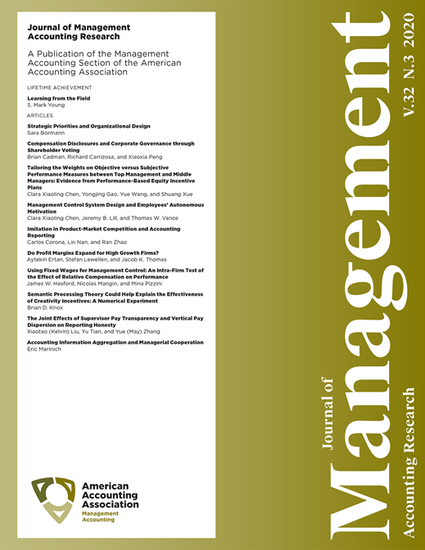
Two seminal accounting studies find that output creativity is insensitive to creative effort: workers simplify creativity-weighted contracts by focusing on increasing creativity, but they cannot increase output creativity enough to compensate for sacrifices they make to output quantity. Other studies, however, find evidence that output creativity is sensitive to creative effort. To examine these differing results, I use a numerical experiment: I model workers in quantity contracts and creativity-weighted contracts, and I proxy creative effort as workers' choice between fine semantic processing (less creative) and coarse semantic processing (more creative). My numerical experiment's results show (1) output creativity's sensitivity to creative effort when the task is less inherently creative and (2) output creativity's insensitivity to creative effort when the task is more inherently creative. More inherently creative tasks effectively require coarse semantic processing in both contracts, limiting workers' ability to give incrementally more creative effort in response to creativity incentives.
Available at: http://works.bepress.com/brian-knox/11/
